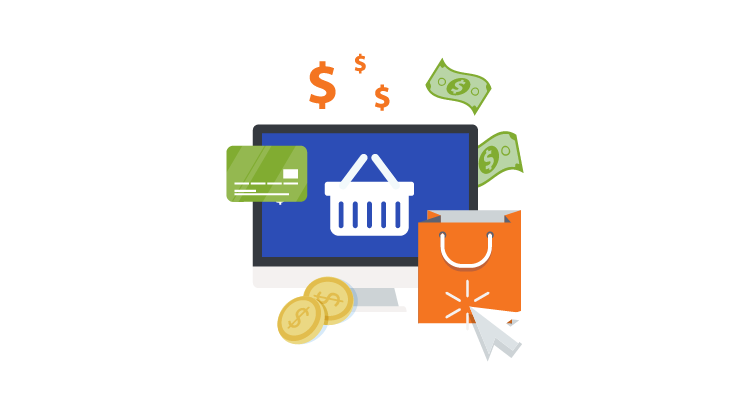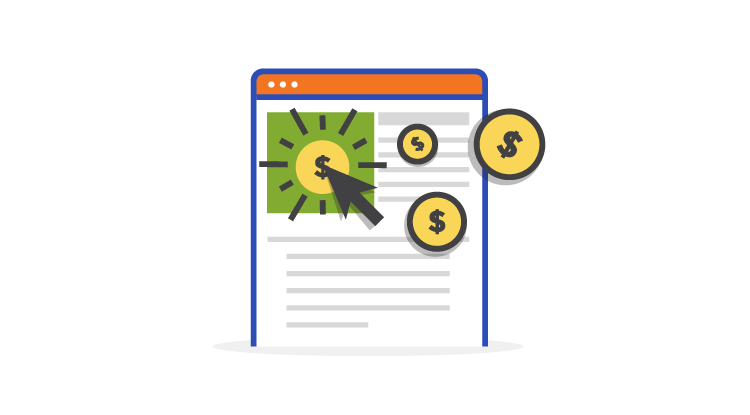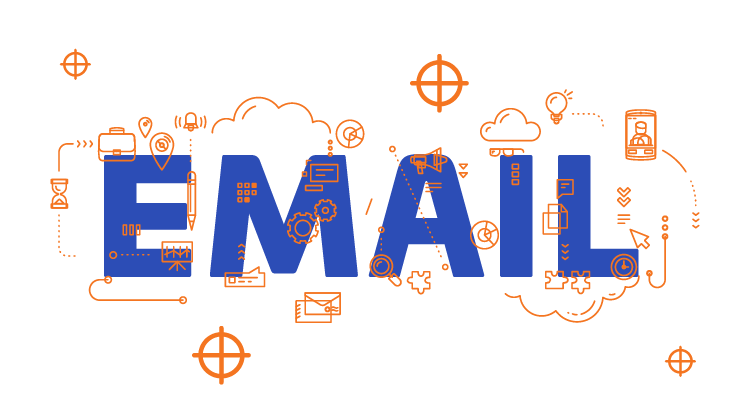This step-by-step guide will show you why email became such a powerful tool for increasingly publishers and marketers, also the reasons why their motivation to invest in email increased over the past year.
Because among all the ways to do content marketing, email rises heads above the rest.
Publishers’ focus, therefore, should be on email to leverage the maximum return for their content investment.
It’s still going strong in its fifth decade. It’s so strong that there are more email accounts than there are people in the world. Let that sink in for a moment.
Summary:
- Social Media vs. Email Marketing
- How can social media factor into email marketing?
- Email vs. Programmatic Native Ads on web browsers
- Email: a cost-effective strategy to get out your message
- How to monetize your emails and bring in more benefits
Social Media vs. Email Marketing: The Stats Tell the Story
Despite the trendy rise of the social media platform, email has remained constant while social media morphed from MySpace to Facebook to a plethora of specialty platforms. Although social media is an effective way to reach people with information, you don’t control it. The platform’s owners pull the strings.
Furthermore, what happens when your favorite social media platform goes the way of MySpace? If you haven’t made email – a channel you own – the main way you communicate with current and potential customers, you’ll be out of luck.
In addition, 58 percent of all customers will check their email first thing in the morning, as opposed to the 14 percent who first check their social media accounts, Santora points out. More importantly, 60 percent of consumers subscribe to companies’ email newsletters to receive information about upcoming sales, compared to only 20 percent who prefer to follow businesses on social media to get the same information.

Similarly, email is more likely to drive sales when you compare it to social media. Sixty percent of consumers have purchased something as a result of an email marketing campaign compared to only 12.5 percent from marketing messages on social media.
As for ROI, it’s not even close. Email yields $44 for every dollar invested, while at best, social media can only manage $10 on every dollar, according to Forbes’ Lisa Arthur. In fact, segmented email campaigns yield 7.6 times the revenue they garnered before they switched to email marketing. That’s powerful.
How Can Social Media Factor into Email Marketing?
What social media can do, though, is drive traffic to your blog. We advise our clients to post a link and a teaser to blog posts on their social media accounts. This way, when potential customers click through to the blog post, they can subscribe to the business’s email newsletter. That’s where the marketing magic can happen.

When you look at the relationship between social media and email as a partnership – as opposed to a battle – you can leverage them both to bring in more revenue into your business. Using social media as a funnel and email to nurture a deeper relationship with your customers is a win-win scenario.
With email marketing’s capacity to segment customers, you can deliver personalized content that helps each customer segment solve the problems they face. For instance, if you sell human resources (HR) software to businesses in various countries, you can tailor your content for your Canadian segment to help HR executives deal with a new Canadian regulation. In contrast, your U.S. segment would benefit from an article dealing with a U.S. statute.
Similarly, if you sell groceries both locally and online, your local customers would likely love to receive a coupon for a free bakery item in their inbox. Not so much those in three states away. With email segmentation, you can send local customers the bakery coupon while you send your remote customers a discount code on a case of canned goods or pasta.

Conversely, you can leverage your email list to promote your social media presence. Putting social media buttons on each post encourages people on your list to follow you on social media, building your following and your standing as a thought leader in your industry.
Email vs. Programmatic Native Ads on Web Browsers
Those “sponsored content” articles you see as you browse through the Internet are effective because they provide useful information targeted to your needs. Companies that use this form of advertising depend on third-party cookies to identify which customers will likely need what content.
That’s about to change in a big way, though. According to StreetFightMag’s Joseph Zappa, Google is about to phase out third-party cookies on its Chrome browser.
But there’s one place on which you can place programmatic native ads that Google’s phase-out won’t affect: email. With today’s technology, businesses can place native ads within the text of email newsletters. In fact, with AI insights, those ads, like the current browser ads, will only display on emails whose subscriber list will be interested in what the advertiser is selling.

Even better, for newsletter publishers, these ads are absolutely free. It’s a winning proposition all around. Publishers offer their subscribers links to resources they need while advertisers get their products and services in front of likely customers.
Moreover, subscribers don’t just get the information within the newsletter, but they also learn about products and services they likely need or want.
Email: A Cost-Effective Strategy to Get Out Your Message
Email marketing takes little in the way of investment, but it can bring in a ton of benefits above and beyond its proven capacity to drive sales. Many email providers charge only minimal fees for their services – some even provide their services at no cost at all for smaller businesses.
When you pair your email marketing campaigns with your blog, you’re still not talking about a major outlay of cash. A low yearly hosting fee, along with a small yearly cost to own your domain (your URL), keeps costs low.
Basically, the bulk of your investment will be in the time it takes to create content. If you’re not a writer or don’t have the time, you can outsource the work to an agency at a much lower cost than hiring a full-time employee.

But email marketing’s benefits don’t stop with saving money. With the information that you can provide to potential customers, you can build trust as you position yourself as a knowledgeable authority in your field. That trust, over time, creates not only more revenue as subscribers turn into customers but also produces more subscribers as your existing subscribers share your content with their friends and colleagues.
Monetize Your Emails for Even More Benefits
Finally, there’s another way to get revenue flowing into your business through email marketing: email monetization. When you use your blog posts to garner interest in subscribing to your email newsletters, you can start earning money from the get-go with every newsletter you send out.
When you place native ads that will interest your readers within the body of your newsletter, you’ll earn money with every clickthrough.
That money, in turn, can help you underwrite the costs you incur in publishing your blog and newsletter. When you monetize your newsletters, the money that these ads bring in over time can allow you to outsource content creation, which, in turn, will free your time up to build your growing business.
If you’re a business that wants to get in on the benefits email marketing can bring, you need an email monetization platform that can target likely customers with relevant ads, link seamlessly to your blog, and bring in money from day one. It costs publishers nothing, is easy to use, and can get up and running in mere minutes.
Don’t wait until your competitors discover this easy way to monetize your newsletter and blog. Get started with inboxAds today.







Excellent way of describing, and good post to get facts concerning my presentation subject matter,
which i am going to present in academy.
That is really interesting, You’re an excessively
professional blogger. I’ve joined your rss feed and sit up for looking for more of your great post.
Additionally, I have shared your web site in my social networks